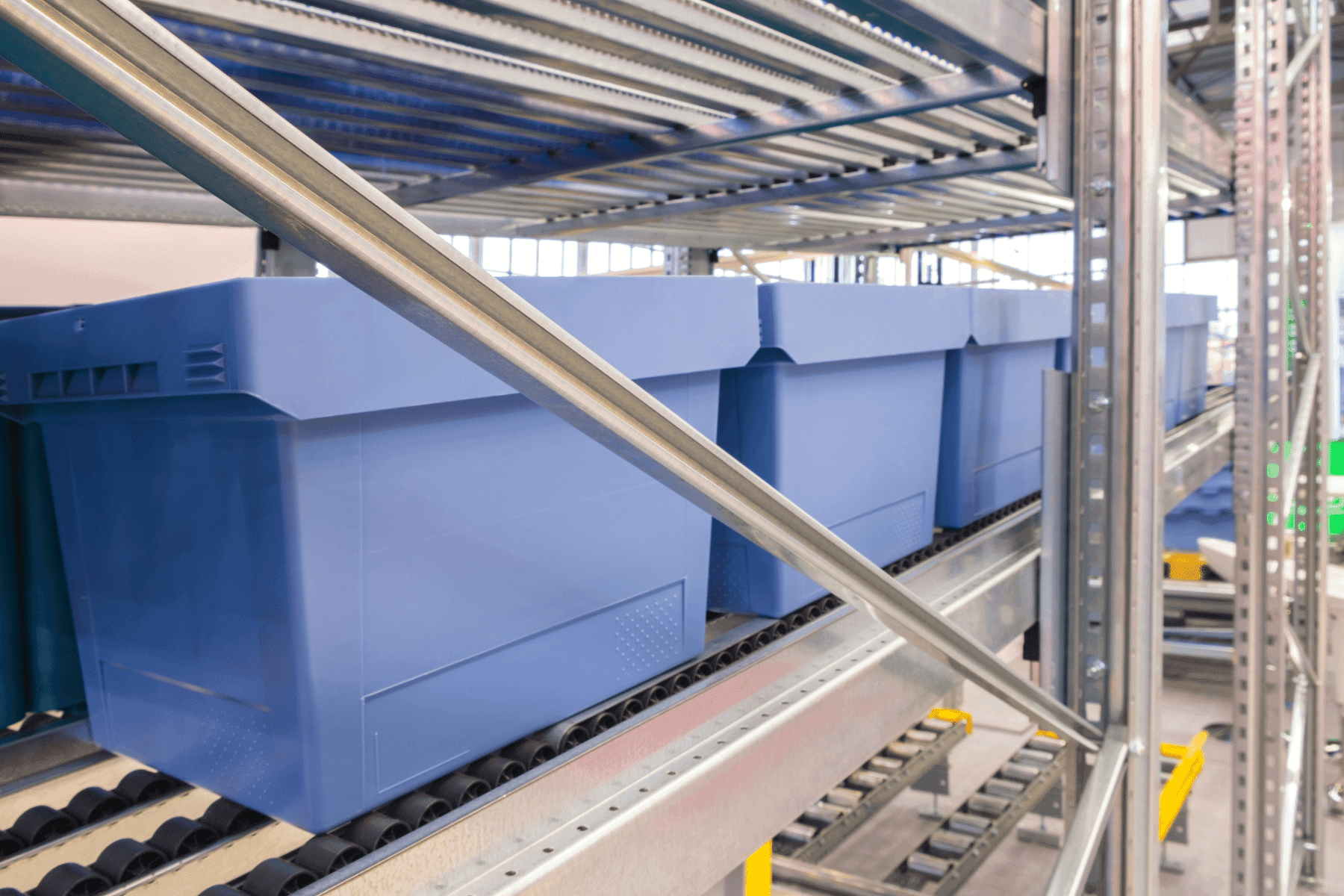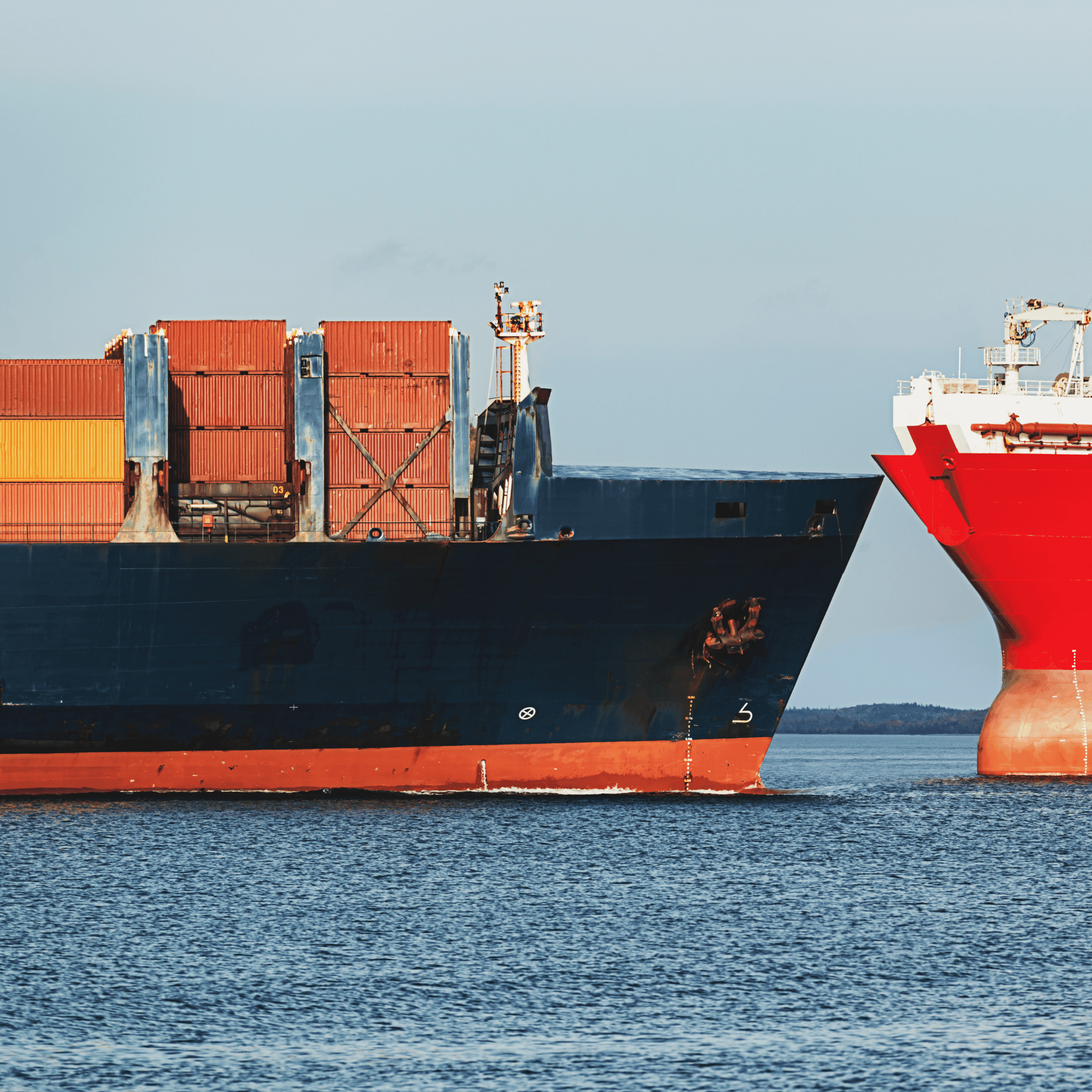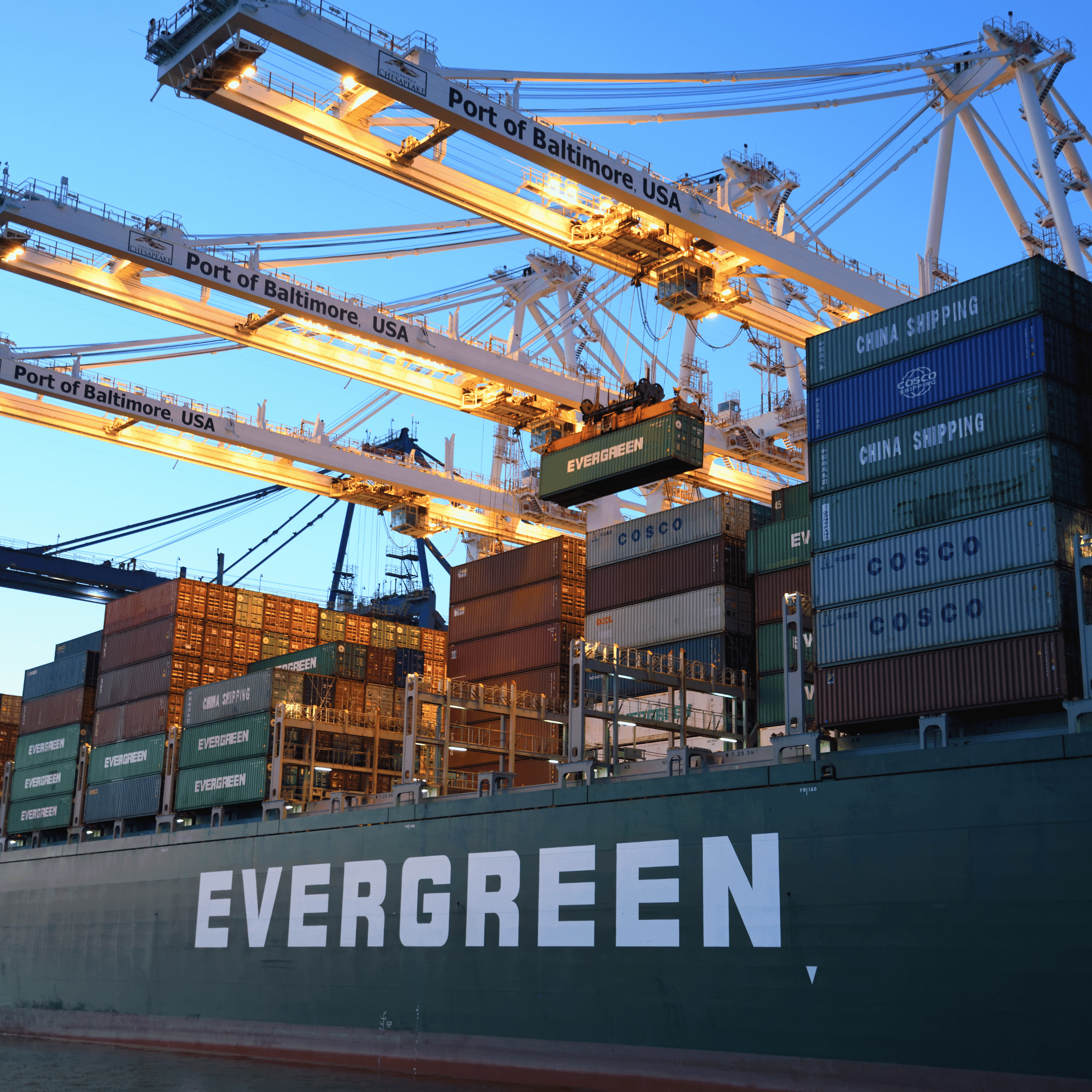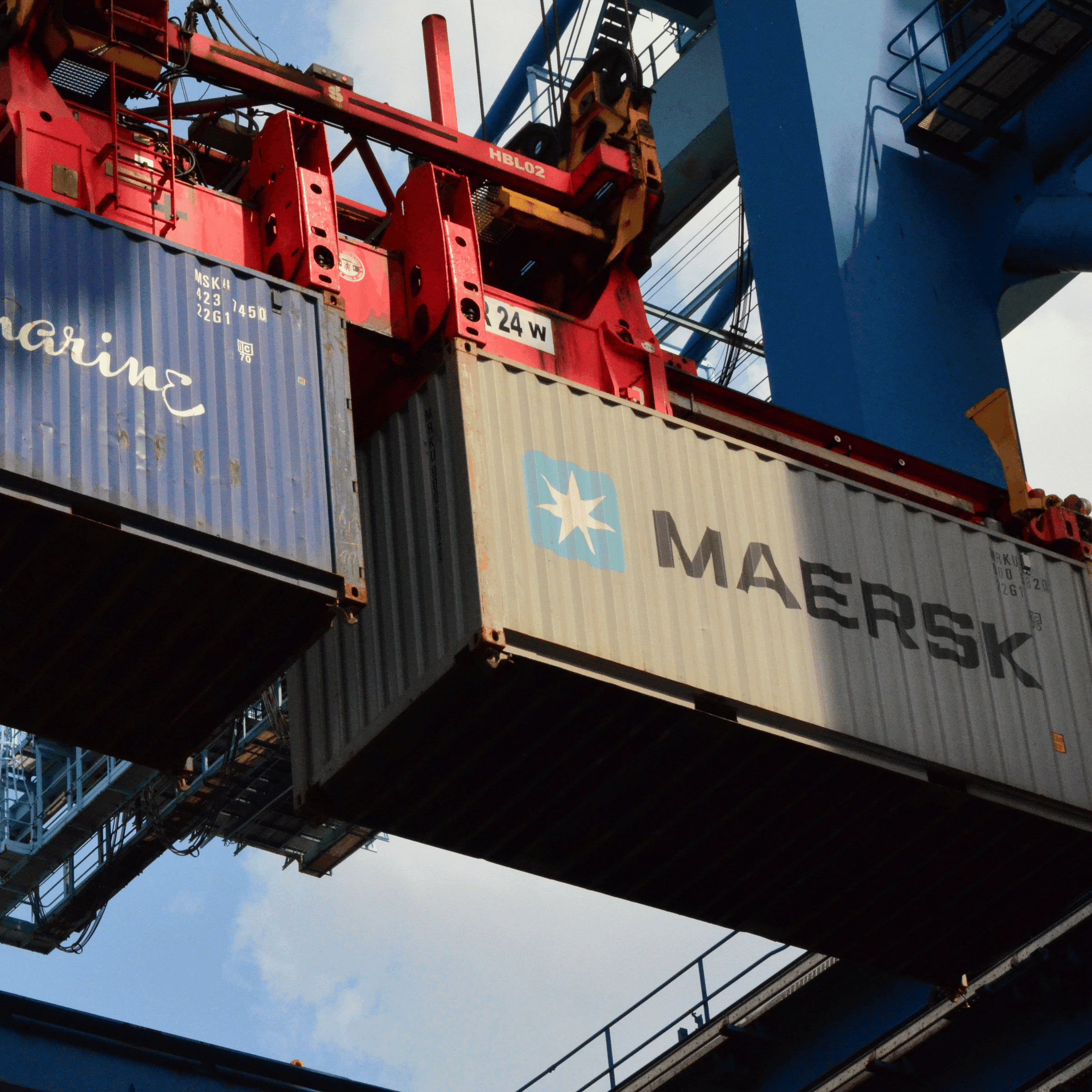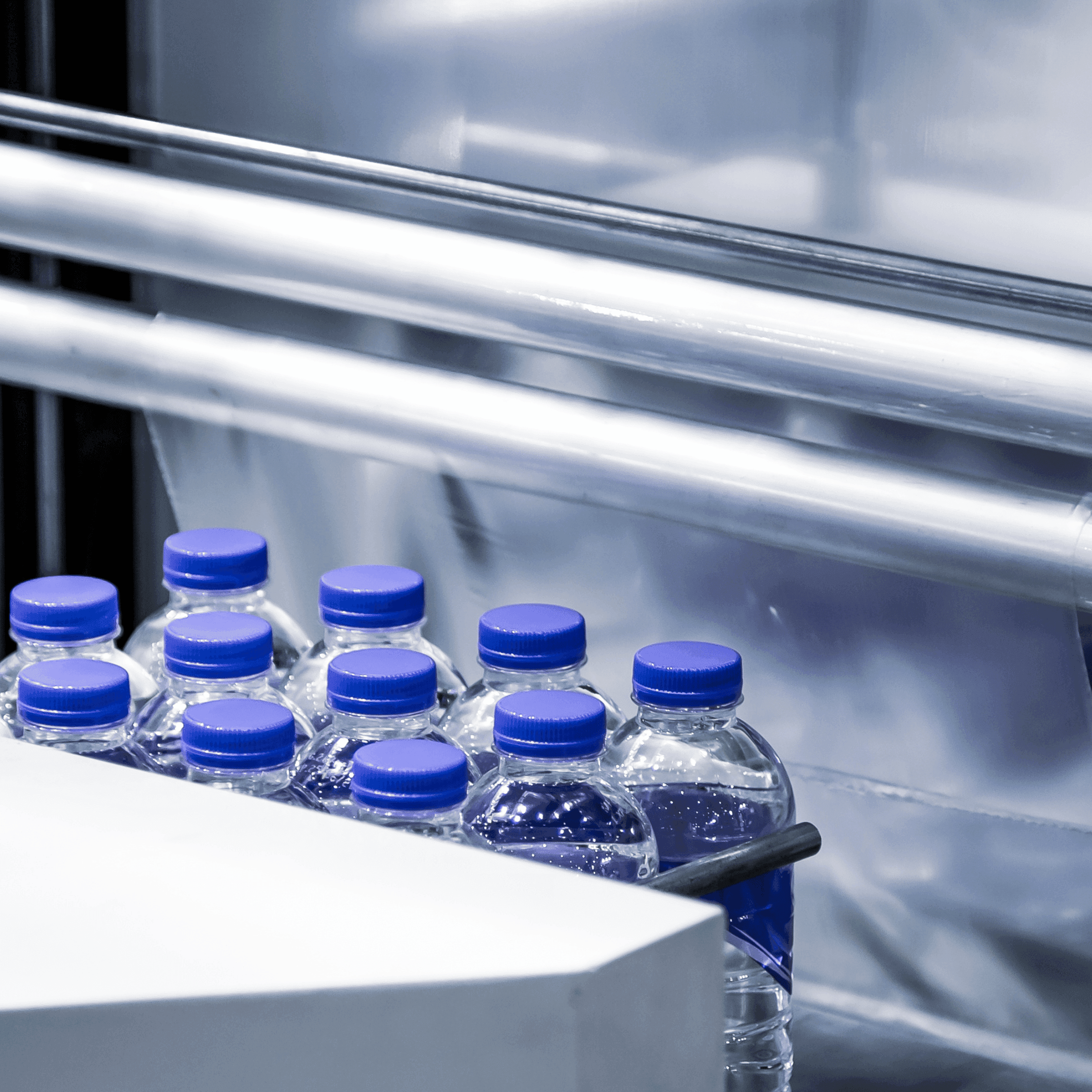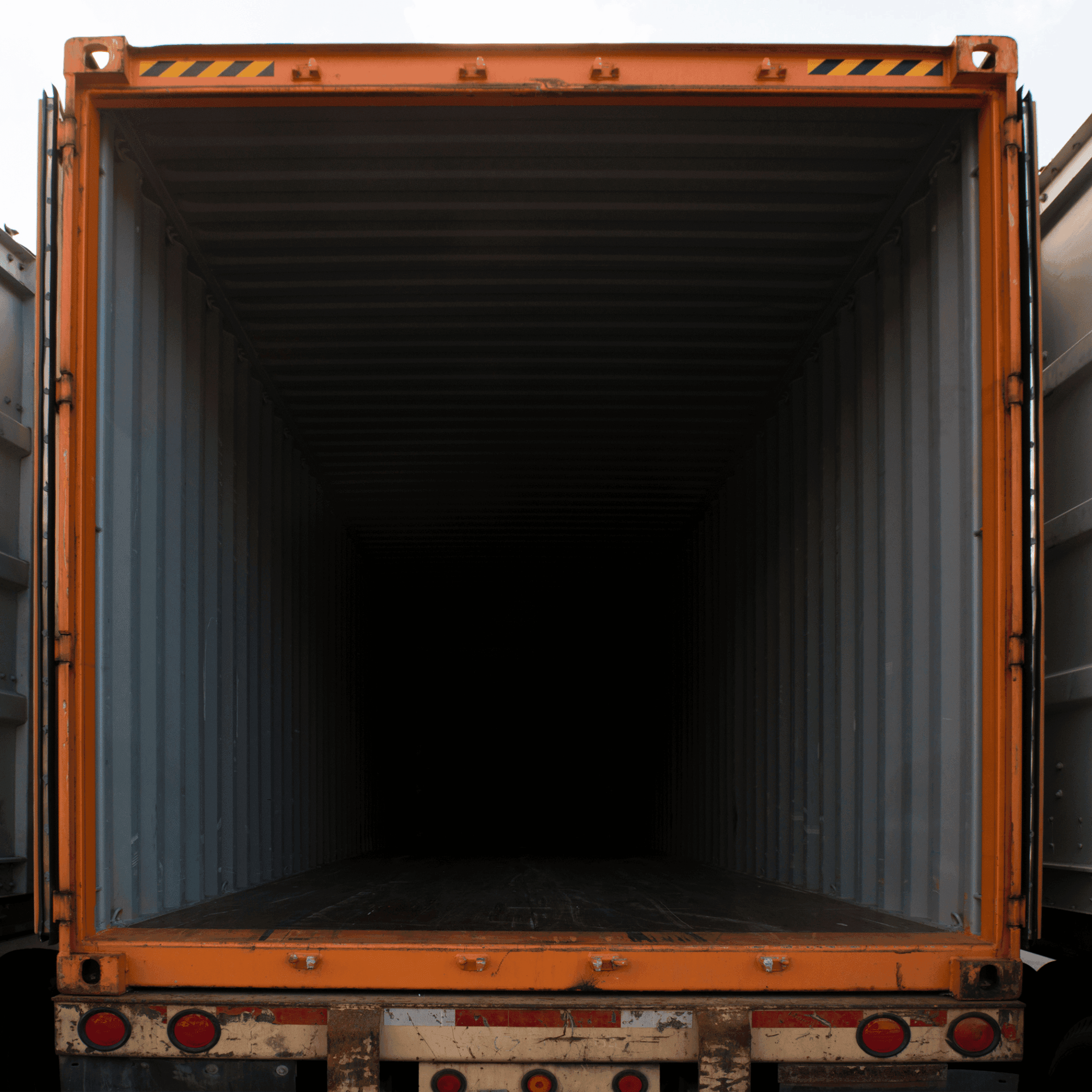The logistics industry is a vital yet under-recognized component of the global supply chain. As well as ensuring customers receive goods and services promptly, logistics companies handle returns and make delivery processes as sustainable as possible. Warehousing represents a significant element of logistics companies’ remit, ensuring goods awaiting distribution are kept safe and in excellent condition.
The type of warehouse a third-party logistics (3PL) company chooses to use will depend on the type of items requiring storage, as well as the desired delivery speed. While perishable items, medicines, and other temperature-sensitive goods are best kept in cold storage warehouses, non-perishable products may be kept in standard distribution and fulfillment centers. Items requiring quick transportation, on the other hand, may be channeled through cross-docking facilities designed to eliminate the need for warehouse storage.
The current state of warehousing
With an increasing number of consumers using ecommerce sites and global supply chains expanding, the warehousing industry is growing. According to recent stats, the global warehousing industry will experience a growth rate of 7.4% through 2026, reaching an estimated marketing size of over $950bn by 2027.
Despite such positive growth, logistics companies and warehousing providers face significant challenges if they want to remain competitive and deliver efficient solutions for clients. Firstly, the pace of growth experienced within the ecommerce industry has overloaded warehouses with demands for space and quick turnaround of goods. Estimates suggest that logistics providers require an additional 800 million square feet of space to overcome warehouse shortages and ensure fulfillment operations are as smooth and efficient as possible.
To make the situation even tougher, the warehousing industry is experiencing significant labor shortages. Forecasts suggest vacancies within the warehousing and transportation industries in the US will hit 1.7 million in 2024, rising to 2.1 million by 2030. Like many other industries, the warehousing space faces staffing issues due to an aging workforce, changes in worker behavior due to the COVID-19 pandemic, shifting life expectations, and a lack of applicants with the skills required to use cutting-edge warehousing technologies. As such, many of the supply chain disruptions that hit the headlines in recent years can be linked to labor shortages.
Other warehousing issues that 3PL providers must consider in today’s volatile economy include fluctuations in the real estate market, increasing pressure to implement green initiatives that mitigate energy consumption and mitigate waste, and the fact that 43% of consumers now select next-day delivery at the checkout. With so many expectations on their shoulders, 3PL providers must be innovative and adaptable if they want to remain competitive.
What trends are emerging out of the warehousing industry?
So, how are logistics providers keeping up with consumer demand and ensuring global supply chains remain stable? Here are a few key trends emerging out of the warehousing space:
1. Automation and robotics
We’ve all heard about the potential for automation to shake up global industry. When it comes to warehousing, automation technologies have the potential to improve efficiency and accuracy while reducing labor costs. Although the number of warehouses around the world using robotics and automation was only around 36% in 2019, this figure is set to hit 85% by 2030, suggesting logistics companies should adapt to new technologies if they want to remain competitive. Key technologies to look out for in coming years include robot picking systems, autonomous drones, automated guided vehicles, and other robotic devices designed to pick, pack, and sort items.
2. Sustainable Warehousing
Many warehouses are implementing sustainability initiatives to reduce their carbon footprints and live up to regulatory expectations. Notable trends include investment in energy-efficient lighting, adoption of renewable energy sources, and implementation of recycling programs to reduce waste and promote circularity within supply chains.
3. On-demand warehousing
On-demand warehousing represents a flexible business model allowing companies to rent temporary storage space or warehousing services in line with their needs, rather than investing in a long-term lease. Such short-term services are great for businesses hoping to adapt to seasonal or fluctuating demand, or to reduce financial risks as they start to scale up operations.
4. Real-time data analytics
3PL providers are starting to harness data analytics technologies to optimize inventory levels and track shipment speeds throughout the supply chain. In turn, they can target potential inefficiencies and reduce the levels of waste produced by overstocking.
What innovations should ecommerce businesses explore?
Many warehousing solutions providers have risen to the challenges posed by increasing customer demands, labor shortages, and more. Recent innovations to look out for include:
Automated storage and retrieval systems (ASRS): As the name suggests, ASRS comprise automated machinery to shift goods between racks and shelves. As well as maximizing vertical storage space by easily accessing hard-to-reach areas, these systems can help boost inventory accuracy and reduce labor costs through automation.
Mobile shelving systems for high-density storage: Mobile shelving systems help to maximize small warehouse spaces by allowing shelves to move along aisles via mobile carriages. Perfect for cold storage and archival facilities, these systems help to fix the spaced inefficiencies associated with fixed aisles.
Temperature-controlled and specialized storage solutions: Climate-controlled warehouses help businesses store perishable goods and other temperature-sensitive items. As businesses become more concerned about their ecological footprint, many are adopting more eco-friendly cold storage solutions that increase delivery speeds and maximize the power of artificial intelligence.
Innovations in material handling and packaging: Automated technologies such as robotic arms and conveyor systems are speeding up processes such as order picking and moving items along production lines. At the same time, advances in packing materials are helping businesses improve the sustainability of their operations and ensure items are kept safer than ever before during shipping. Vital improvements include the introduction of biodegradable plastics and a greater willingness to use recycled cardboard.
How are 3PLs enhancing fulfillment strategies?
Fast-changing technologies are providing 3PL providers with new opportunities to boost their order fulfillment processes, ensuring speed, cost, and accuracy remain competitive. Key trends to look out for include:
Artificial intelligence (AI) and machine learning: Exciting stats from McKinsey suggest that AI-enabled logistics systems could improve cost-efficiency by 15%, inventory levels by 35%, and service quality by 65%. Through applications such as dynamic resource allocation and demand forecasting, AI can identify data patterns that 3PL providers can use to significantly enhance their overall operationality. AI can also aid with product personalization, customer service enhancement, and much more.
Micro-fulfillment centers (MFCs): MFCs are small warehouses located near densely populated areas, ensuring the distance between consumers and products is as short as possible. MFCs help reduce delivery times and transportation costs, helping ecommerce companies and grocery stores meet demand for same-day delivery.
Blockchain: Some 3PLs are harnessing blockchain technology to encourage end-to-end visibility in the supply chain, automating contracts and payment operations, as well as reducing administrative burdens and mitigating problems surrounding counterfeit goods.
Collaborative logistics networks: Improvements in digital technologies mean couriers, shippers, warehouses, and other nodes in the supply chain can communicate in real-time. From load consolidation to route optimization, such online networks are perfect for 3PL providers looking to enhance their agility and meet growing customer demand.
Challanges and considerations
So, what challenges can 3PL providers and ecommerce businesses expect to encounter in the coming years? One of the first considerations they’ll need to confront is the cost of adopting new technologies and updating existing warehousing infrastructure. Cutting-edge technologies may be too expensive for smaller firms, meaning they’ll face some tough choices when it comes to picking which software and equipment will drive the best return on investment.
Beyond considering which technologies to adopt, businesses will need to think about how to integrate new investments with existing systems and ensure staff know how to use them. As well as embarking on training courses, staff members must be open to change – something 3PL providers can support through supportive coaching and employment benefits.
Finally, a fast-changing industry must keep up with new regulatory requirements, such as occupational health standards, food safety laws, and data privacy statutes. As cybersecurity threats grow, fulfillment centers must safeguard their technologies from unauthorized access. Other risks to mitigate include unexpected supplier disruptions, transport delays, and geopolitical tensions that may affect fulfillment operations.
What is the future of warehousing?
While the future of warehousing is relatively bright, it’s difficult to predict with any certainty what the coming years will hold – we just know the sector will change significantly. With more than 60% of global organizations expecting geopolitical instability to negatively impact their supply chains over the next three years, it’s clear that businesses across a range of sectors are concerned about factors beyond their immediate control. Ultimately, 3PL providers and their ecommerce clients need to focus on keeping up with new technologies and trends if they want to protect themselves and ensure warehouses stay well-stocked. As well as getting on board with new AI and robotics trends, they should think about cost-cutting techniques such as MFCs.
Sound tricky? Don’t fret – we at Snapl are here to ensure your business makes the most of new trends and technologies. For more information, get in touch with our friendly team at 800-966-3478 or email sales@snapl.com.

